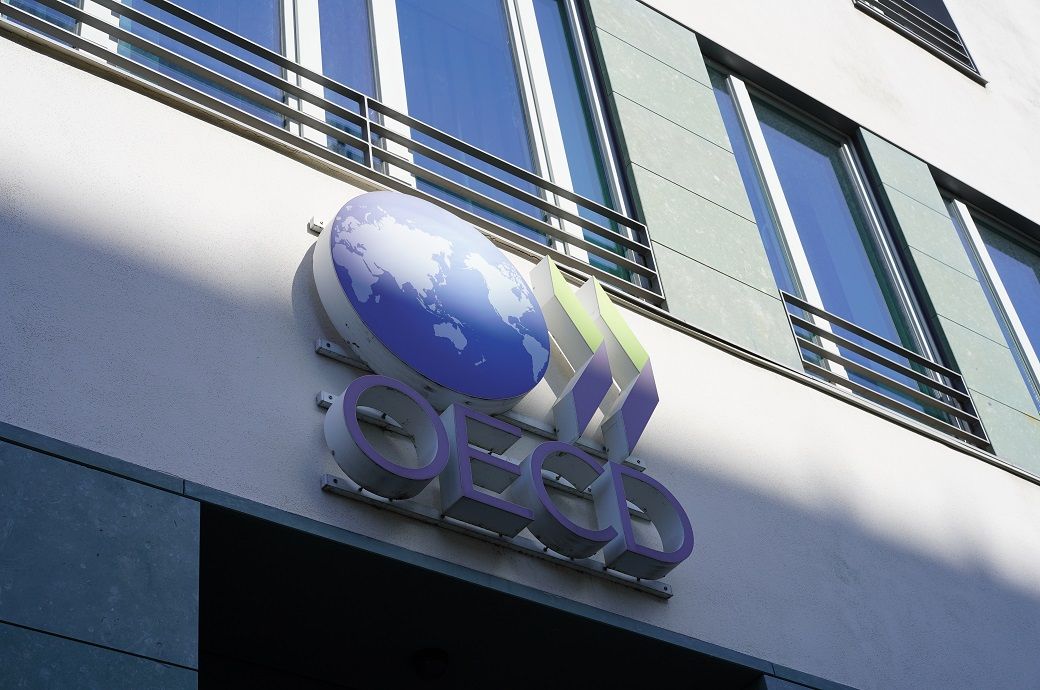
In Q4, two-thirds of OECD countries reported employment rates above the OECD average of 70.2 per cent. Within the G7, Italy and France remained below this average, while Turkiye recorded the lowest employment rate among OECD members at 55.2 per cent. In contrast, Switzerland, the Netherlands, and Iceland reported rates exceeding 80 per cent. Compared to the previous quarter, employment rates held steady in 14 countries, declined in 15, and increased in 9, OECD said in a press release.
LFP rates for individuals aged 15 to 64 were higher than the OECD average of 73.9 per cent in almost three-quarters of OECD countries in Q4 2024. Turkiye, Mexico, and Italy recorded the lowest rates.
For all of 2024, the OECD employment rate was slightly higher than for 2023, up 0.2 percentage points (pp), reflecting mainly an increase in the labour force participation rate. In the euro area, the employment rate increased by 0.4 pp, reflecting both falling unemployment rates and rising participation rates.
The largest year-on-year increases in the employment rate were recorded in Greece (up by 1.5 pp), Iceland (up by 1.6 pp), and Costa Rica (up 2.4 by pp), reflecting primarily, even exclusively in Iceland, rising labour force participation rates.
In some countries, including Germany and the United States, the increase in labour force participation, was offset almost entirely by an increase in the unemployment rate, resulting in little or no change in the employment rate. By contrast, a decline in the employment rate of more than 1.0 pp was recorded in New Zealand, Finland and Canada, reflecting both rising unemployment and falling participation rates, added the release.
ALCHEMPro News Desk (SG)
Receive daily prices and market insights straight to your inbox. Subscribe to AlchemPro Weekly!